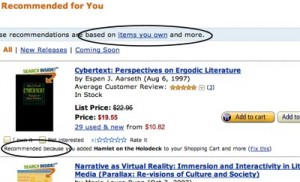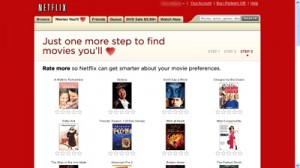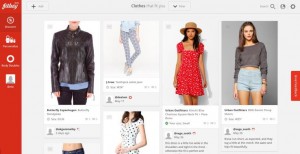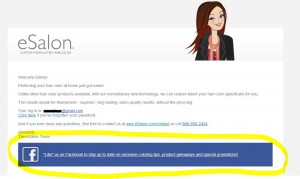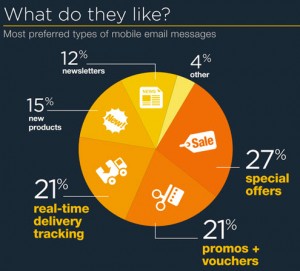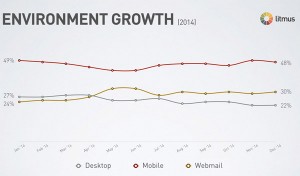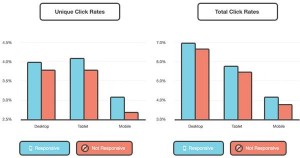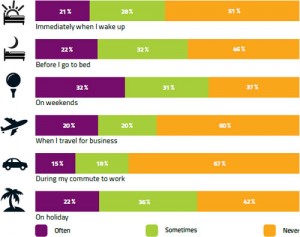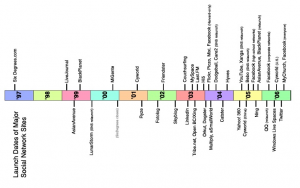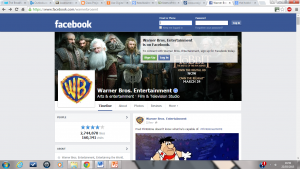We can’t denial the fact that e-commerce or online shopping has changed our lives style and living over the past 10 year. But with the increasing of competition within e-commerce has loaded to one big problem for consumer which is choice overload. Have you ever had soo many products to choices from but you don’t know which one to choose, therefore, you end up not making a decision or choice? Well, that is choice overload!!!
In Schwartz (2004) famous book “Nudge” he said “consumers have always had choices, but today options have exploded beyond all reason”. Many researches into e-commerce have proved that choice overload is paralysis issue that is pushing people away from online shopping to the high street, where choice overload is less. The last thing e-marketer would want is a consumer visiting their website and not making a purchase due to choice load. This brings me to the question what are e-marketers doing to the cure this choice paralysis that we consumers are facing online?
I’m pleased to say e-marketers have recognised this phenomenon, over the past years they have develop a system called “Recommendation system” commonly known as RS. Xiao and Bombast (2007) said “RS are software agents that elicit the interests and preferences of individual consumers and make recommendations accordingly”. For us normal consumers, RS support and improve the quality of our decision making while searching, selecting products and most importantly eliminate choice over load online.
Most companies such as Amazon, Netflix and Fitbay have embraced and implement this system very effectively to their advantage. Let’s look at a few examples-
Amazon
Amazon uses recommendation to personalise online shopping experience for each and every consumer that visits their website. From the circled section in the picture above, you can see everything is tailored and personalised based on customer interests from showing programming titles to a software engineer, baby toys to a new mother and books to students. With stars rated customer reviews, this evidently reduces the painful process of decision making for consumers.
Netflix
Netflix takes a different approach about recommendation system. They roulette randomly picks films and TV show for users to watch, helping to reduce choice paralysis. It also offers a filtering service, allowing people to narrow the search by director, genre, actor or keyword.
Fitbay
Fitbay is a new Danish online service that is taking recommendation system to a whole new level. The site recommendation system only shows users clothing that will fit their body. The site gather information about the consumer by asking a 30-second survey determining their body shape and how fitted they like their clothes to be. The service then narrows down the options from a total of 2 million products. Each item is linked to a web shop where it can be purchased.
How does this system works?
Algorithms
All recommendation system use algorithms. Most of these algorithms start off by finding items or products which has been already purchased and rated buy consumers which overlap the user’s purchased and rated items. The algorithm then combines these items, then eliminates items the user has already purchased or rated, and recommends the remaining items to the user (Linden et al, 2003). There are two mean types of algorithms used by e-marketers
- Cluster Model – this model is very effective at finding similar items purchased and rated by consumers. It does this by dividing the consumer base into segments then perceive the task as a classification problem
- Collaborative Filtering – This filtering algorithm represent the consumers as an N-dimensional vector. The components for the vectors are classified as positively rated items and negative for negatively rated items.
What is a good recommendation?
There are many ways e-marketers measure their RS success. Let’s look at a few in brief
- Click-through-rate– a good recommendation system will have a high CTR. Indicating the system is recommending products or items relating to consumers’ interest
- Total sales numbers– this indicate consumers are buying items recommended by the RS.
- Return Rates – a low return rate indicates the items been recommended relate to the consumer interest and fit for purpose.
- Customer satisfaction and Loyalty– a high customer satisfaction and loyalty mean RS is eliminating choice over load and painful decision making. (Jannach,& Friedrich, 2013).
Drawbacks
With all these mentioned merits of RS, there are a few drawback e-marketers should consider when implement or running RS on their websites.
- Difficult and Expensive to set up – RS are very expensive to run, it requires database applications that are not easy to create and run. It takes well qualified techs who are on high salaries to operates it . Overall it needs long-term commitment, time and energy to see it success
- Gets it wrong sometimes – RS relay on technology and human input. We all know technology and human can fail sometimes. For example, Amazon hit the headlines when its RS stared recommending clean underwear to consumer who were shopping for video games and DVD
- Can increase choice overload– RS can recommended too many items for a consumer which can potentially lead to choice and information overload
Reference
Jannach, D. & Friedrich, D.(2013). Recommender Systems. 1st ed. [ebook] Beijing,. Available at: <http://ijcai13.org/files/tutorial_slides/td3.pdf> [Accessed 30 Apr. 2015].
Linden, G., Smith, B. and York, J. (2003). Amazon.com recommendations: item-to-item collaborative filtering. IEEE Internet Comput., 7(1), pp.76-80.
Schwartz, B. (2004). The paradox of choice. New York: Ecco.
Xiao, B., Benbasat, I.(2007): E‐Commerce Product Recommendation Agents: Use, Characteristics, and Impact, MIS Quarterly, Vol 31(1), pp. 137‐209

